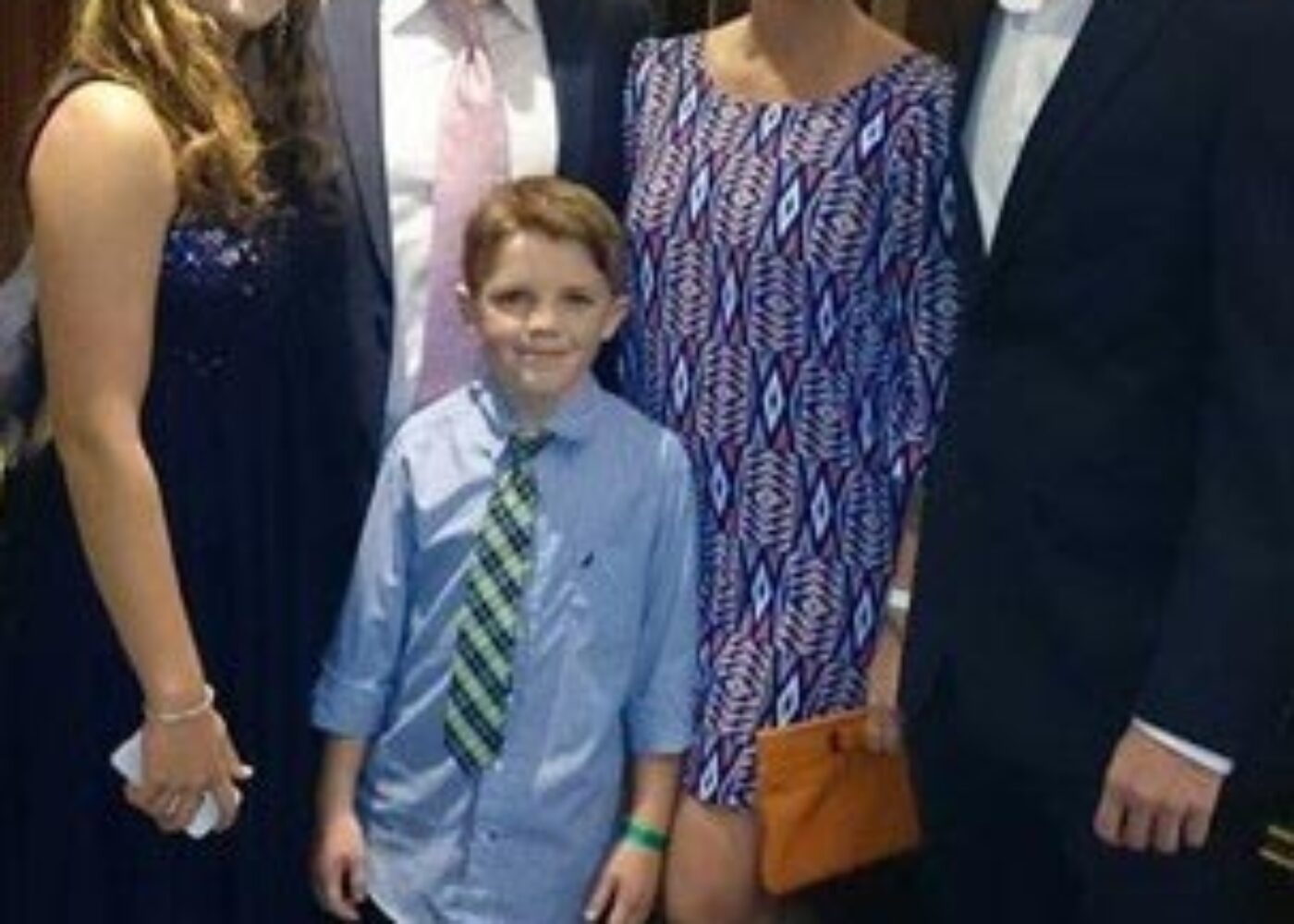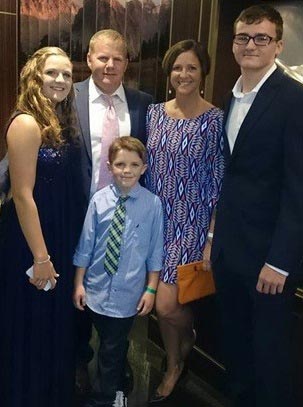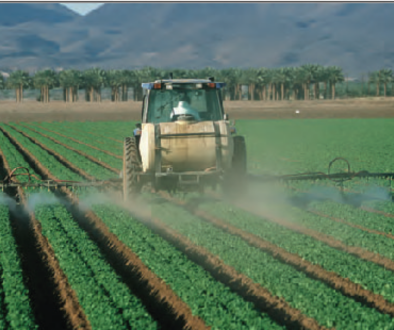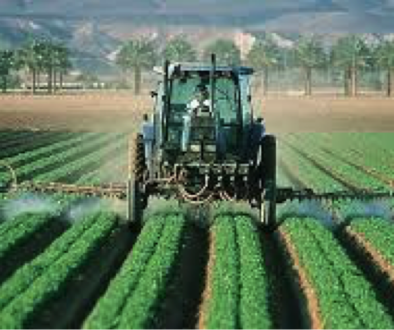Molly’s Story: The Allergens and Chemicals in Our Everyday Lives

 As consumers, we think about what we eat, but not always about what we put on our skin and how the ingredients can get into us.
As consumers, we think about what we eat, but not always about what we put on our skin and how the ingredients can get into us.
I never thought about it. Not at all.
At least not until I had a child with a food allergy.
I can’t remember the mom that mentioned it to me ten years ago (she deserves angel wings), but she said: “Don’t forget to look for things like peanut oil in lotions.”
It had never crossed my mind.
As I started learning about our skin and its ability to absorb (quickly!) what we put on it, I learned that our skin is our largest organ.
My thought was: If I’m not willing to spread this on my lungs, kidney and heart, why in the world would I spread this on my largest organ, my skin? And what am I putting onto the kids?
And suddenly, I found myself reading more than just the labels on the side of our food.
In the United States alone 80,000 chemicals were approved for use by the TSCA (Toxic Substances Control Act) and yet only 200 of the toxins were tested for human safety. Each year the list of chemicals change. There was a European study done that proves mothers pass chemicals to their babies via pregnancy and breast milk. Newborn baby cord blood and amniotic fluid had multiple non-natural toxins detected in it, as many as 240 chemicals in cord blood have been found! That is just brutal to hear as a mom.
More than 120 of the chemicals were from toxins in food, personal care, household and environmental products.
Thankfully, just as we have the clean food movement, there are companies cleaning up cosmetics and personal care products. There are a lot of amazing stories, but probably none like that of a baby named Molly.
Molly changed the world. She was born to a mom of three healthy kids who was a pediatric nurse. But Molly was a stillbirth. She never took a breath. And it launched her mom into asking the most important of questions: why?
As Molly’s mom began to learn about every day cleaning and personal care products, she was stunned.
For example, detergent ingredients like ionic surfactants, are the most persistent in the environment and change the sex of our fish and Nonylphenol ethoxylates (NPE’s). These detergent ingredients have been banned in Canada and Europe, imitate the hormone estrogen in our bodies which affect our health and fetal development. These chemicals are found in our drinking water because they are not completely biodegradable. So Molly’s mom decided to create Laundry Powder and other household products that are safe for humans. Molly’s little footprints are on their website and all of our packaging to remind you that their products are safe for even your tiniest family member.
Seriously, can you imagine putting love into action like that?
As Molly’s mom shared her story, I l was just blown away. I learned that about the top 3 allergens in detergents. How it shows up in kids (or adults?). The irritation—a red, itchy rash usually occurs right away—as soon as your child puts on a wool sweater, for instance. Or allergic contact dermatitis which also appears as a red, itchy rash, but usually not with immediate contact. If your child has a true allergy to laundry detergent or fabric softener, you may not notice redness or itching for up to a week.
Top 3 Allergens
Sodium Lauryl Sulfate
This chemical breaks up the layer of oil on your skin that keeps it from drying out.
Fragrance
Many fragrances are hard to detect as an allergy because the products don’t tell you exactly what the ingredients are. It is still one of the most common contact allergens in soap even though it doesn’t directly contribute to cleansing.
Coconut Diethanolamide
It is actually more common for people to be allergic to coconut through touch than it is through ingestion. In detergents it is similar to sodium lauryl sulfate and breaks down the oil on your skin.
Today, the number of children with allergies and asthma continue to skyrocket. A life threatening allergic reaction sends someone to the E.R. once every three minutes.
So what if we removed even just some of these chemicals the way they have been banned in other countries? Wouldn’t our kids be better off?
And if one mom of three who lost a baby can man up and do this, make a safer product, can’t our regulatory bodies insist that the personal care industry do it, too?
I am just so completely blown away by what Molly’s mom has done, and I hope Molly’s footprints reach the halls of Congress and that in our lifetime, we see an update to that antiquated chemical legislation. With 80,000 chemicals in our every day products, we have to test more than just 200.
For the sake of our health, the health of our children and the health of our country, we have to clean up these products.





